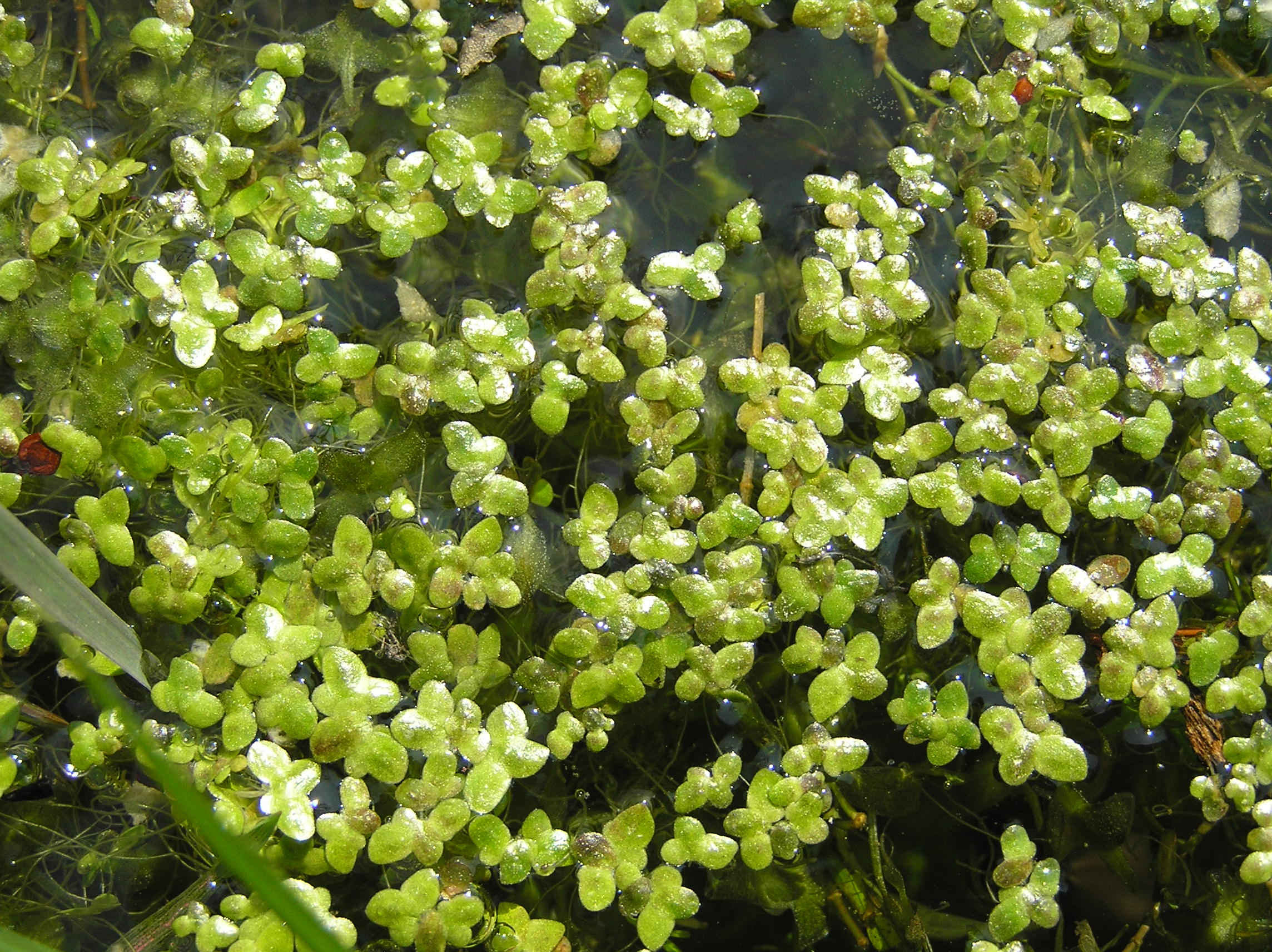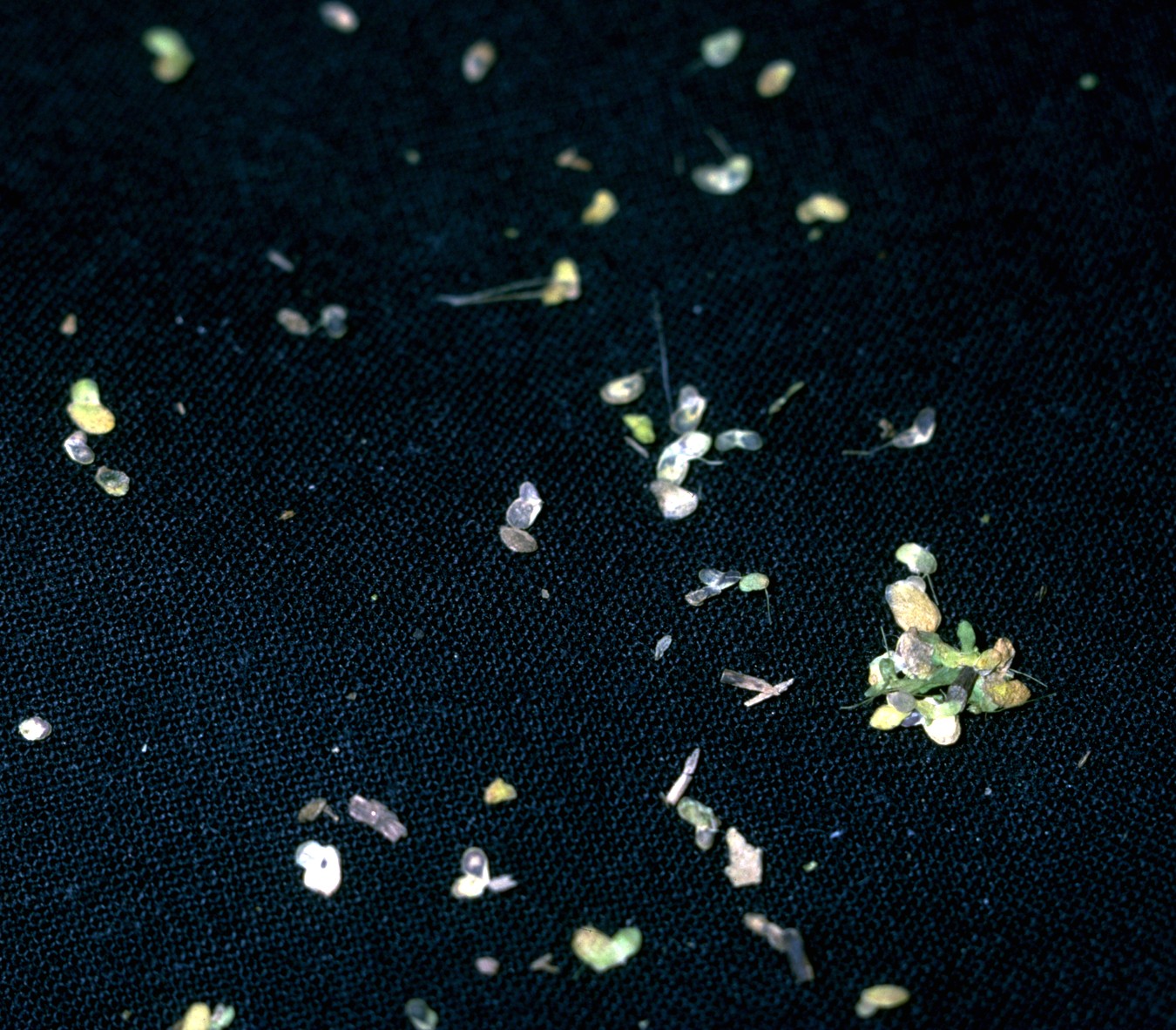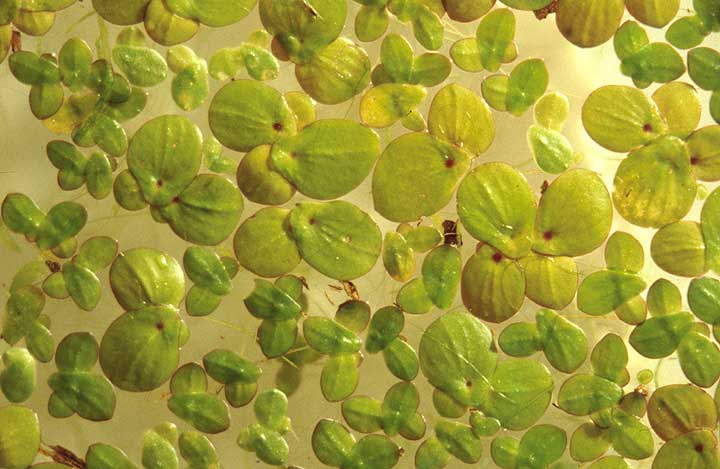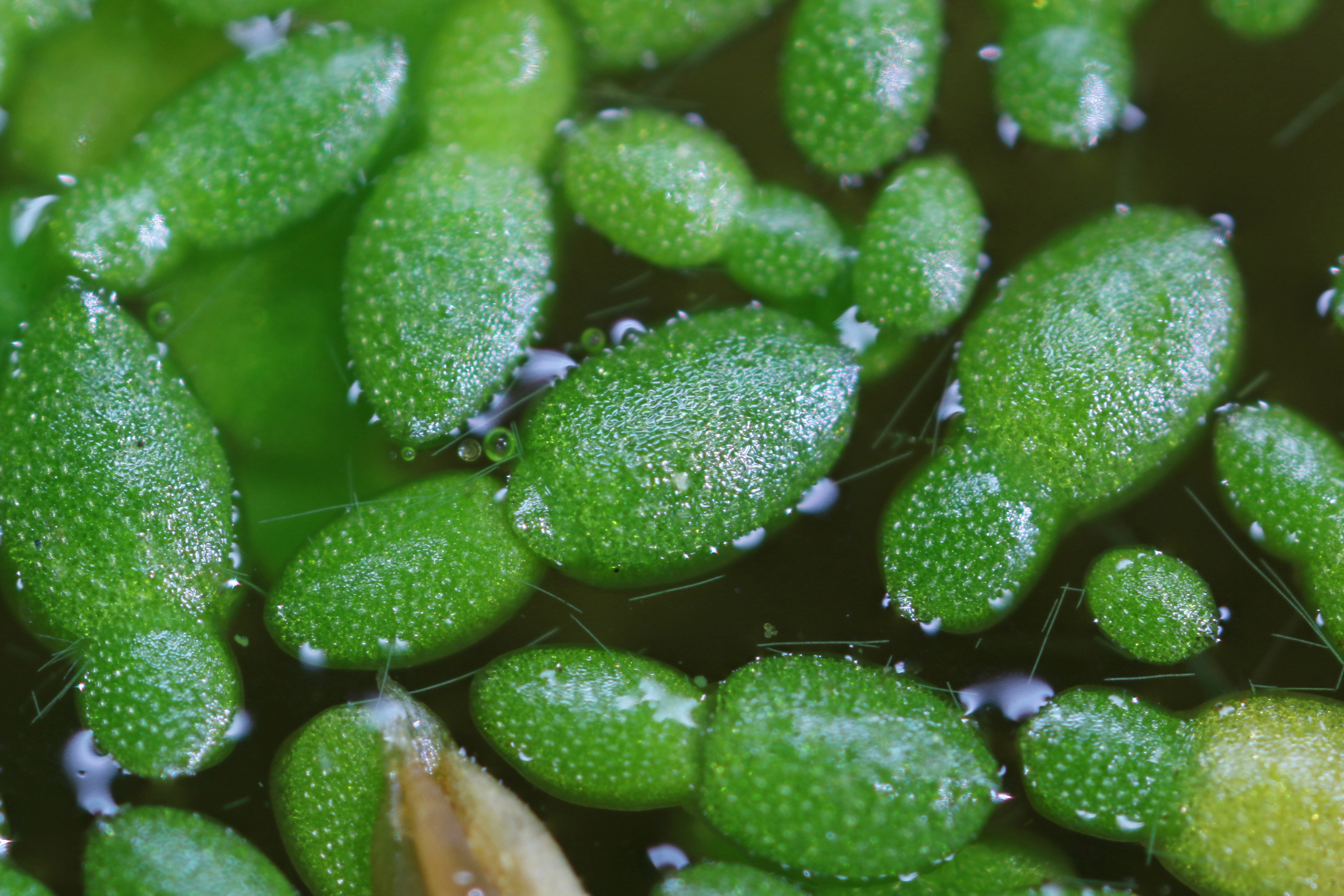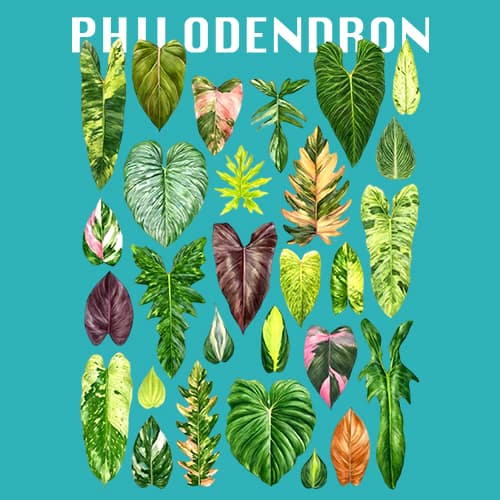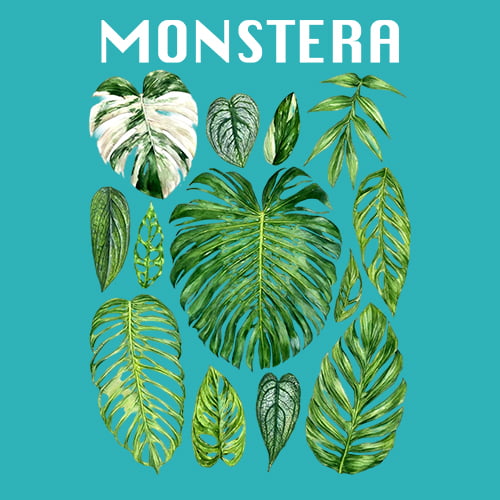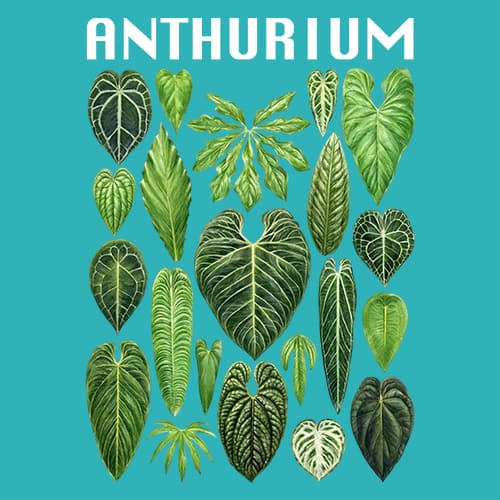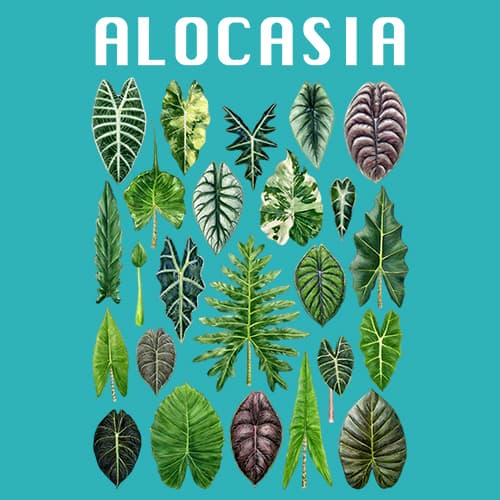Introduction
Duckweeds, often referred to as nature’s tiny miracles, are a captivating group of aquatic plants that have captured my attention. These miniature green wonders, known scientifically as Spirodela, Lemna, Wolffiella, and Wolffia, thrive on the surface of still or slow-moving freshwater bodies, offering a multitude of benefits to ecosystems and even humans. In this article, we will embark on a journey to discover the intriguing world of duckweeds, their taxonomy, ecological significance, and potential applications.
Duckweeds: Nature’s Aquatic Marvels
Duckweeds belong to the Lemnoideae subfamily, a unique group of flowering aquatic plants that defy traditional botanical conventions. What sets them apart is their deceptively simple structure. These plants lack the conventional stems and leaves we associate with typical plants. Instead, they consist mainly of small, organized thallus or frond structures, often only a few cells thick, that gracefully float on or just below the water’s surface. Depending on the species, some duckweeds may have simple rootlets, while others may have none at all.

Top 100 Gift Ideas For Plant Lovers 2024
Reproduction: A Marvel of Nature
One of the most fascinating aspects of duckweeds is their reproductive strategy. They primarily reproduce through asexual budding, a process known as vegetative reproduction. This occurs through a meristem located at the base of the frond. On occasion, duckweeds produce tiny “flowers” with two stamens and a pistil, enabling sexual reproduction. However, these “flowers” are often seen as a pseudanthium, a reduced inflorescence. The evolution of the duckweed inflorescence remains a subject of intrigue due to their significant reduction from their ancestors.
The World’s Smallest Flower
Among the duckweed genera, Wolffia stands out with the world’s smallest known flower, measuring a mere 0.3 mm in length. These miniature flowers give rise to utricles, encapsulating seeds within air-filled chambers, facilitating their buoyancy.
Common Duckweed Varieties
1. Lemna Aequinoctialis
Commonly known as the lesser duckweed, is a diminutive floating aquatic plant typically located in tranquil waters within tropical and subtropical areas. Its fronds are typically green, measure up to 6 mm in length, and feature three prominent veins. The plant produces small, one-ovulate flowers characterized by open utricular scales on one side. Additionally, the seeds of this species exhibit 8 to 26 ribs.
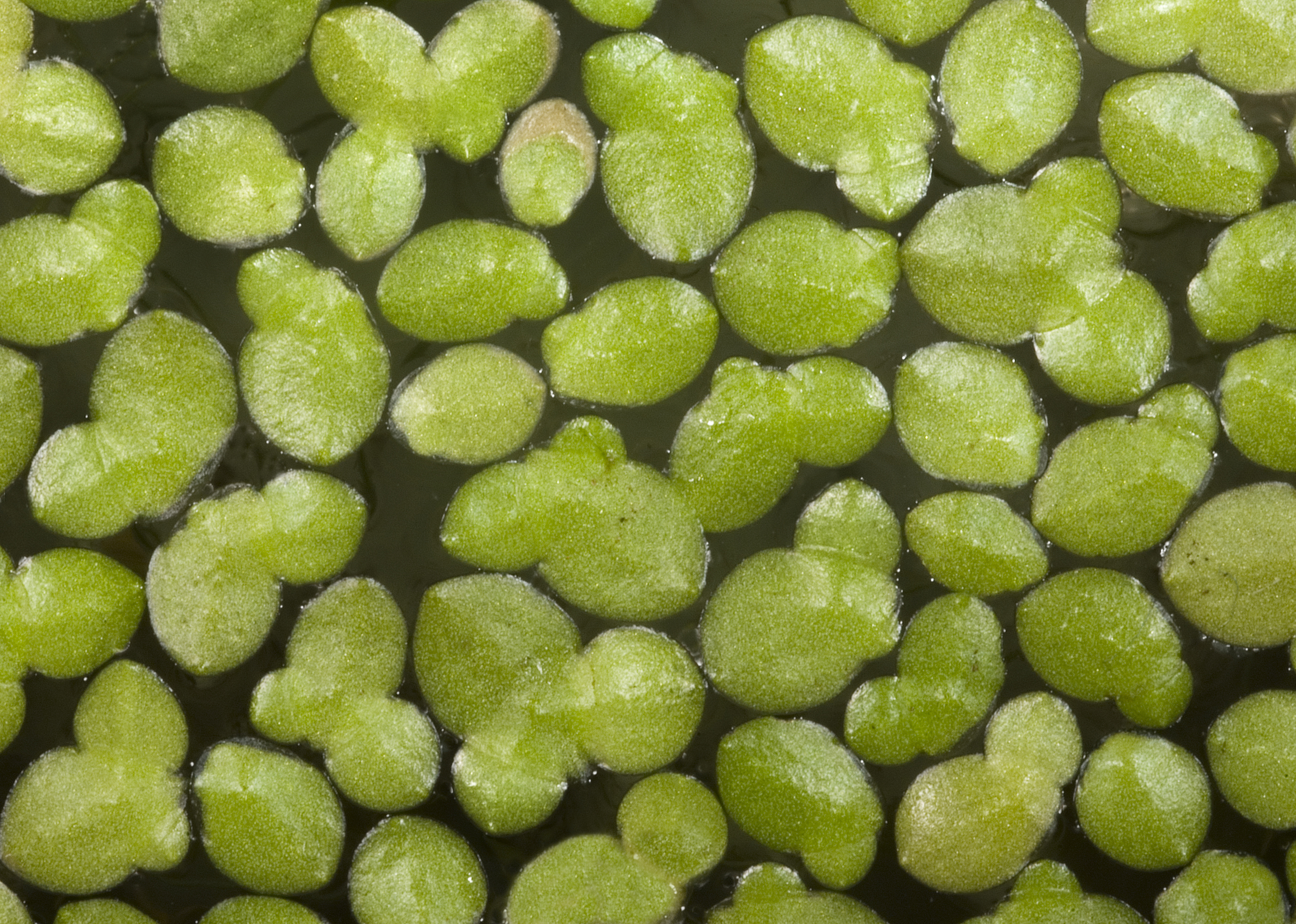
By Kevin Thiele from Perth, Australia
2. Lemna Perpusilla
It is indigenous to the central and eastern regions of the United States, as well as Quebec in Canada, and has been introduced to various locations worldwide. This plant thrives in tranquil or extremely slowly flowing water environments.
3. Lemna Gibba
Commonly referred to as the gibbous duckweed, swollen duckweed, or fat duckweed, its uncomplicated plant structure, called a thallus, floats gracefully on the water’s surface, typically measuring between 3 to 5 mm (0.12 to 0.20 inches) in diameter. A solitary root dangles beneath it, reaching into the water. This prevalent duckweed species can be encountered in a broad spectrum of still or slowly moving water bodies and can also establish itself on mud or moist rocks.
4. Lemna Minor
L. Minor serves various purposes, including animal fodder, bioremediation, wastewater nutrient recovery, and a range of other applications.
5. Lemna Obscura
Its habitat spans from the United States to the south, reaching Colombia and Ecuador.
6. Lemna Trisulca
Its distribution is subcosmopolitan, meaning it can be found in various parts of the world. What sets it apart from other duckweeds is that its fronds typically remain submerged rather than floating, except during the flowering or fruiting stages. Furthermore, in contrast to typical duckweeds, Lemna Trisulca tends to have multiple fronds that stay interconnected simultaneously.
7. Lemna Turionifera
Lemna turionifera is a flowering plant species within the Araceae family.
8. Lemna Minuta
Commonly called least duckweed, it is the tiniest among the Lemna species. Its native range spans certain parts of the Americas, with naturalized populations in other regions, although its precise original distribution remains uncertain. Additionally, this plant has been introduced to continents outside its native range. Notably, its distribution continues to expand, as seen by its first description in Poland in 2007. In several regions, Lemna Minuta is considered a troublesome weed, such as in Belgium.
9. Lemna Valdiviana
Lemna Valdiviana, commonly referred to as Valdivia duckweed, is a duckweed species indigenous to a significant portion of the Americas. This diminutive flowering plant forms dense mats atop serene freshwater surfaces. Each individual plant consists of a flat, translucent, pale green oval body measuring 2 to 4 millimeters in length. When observed under magnification or microscopy, a longitudinal vein becomes visible. Additionally, the plant generates a root, which can extend beyond a centimeter in length, along with a tiny, short-lived flower, often enclosed within a membrane. Typically, these plants grow in clusters, ranging from two to seven individuals.
10. Spirodela Polyrhiza
Spirodela Polyrhiza is a duckweed species that goes by various common names, including common duckmeat, greater duckweed, great duckmeat, and simply common duckweed. This versatile plant is distributed across a wide range of freshwater environments and can be encountered in nearly every corner of the globe.
11. Spirodela Punctata
This species exhibits intermediate morphological characteristics, sharing similarities with both Lemna and other Spirodela species. In 1999, D.H. Les and D.J. Crawford proposed the creation of a new genus called Landoltia, which would exclusively encompass the species L. punctata. This proposal was based on biochemical and DNA research findings.
12. Wolffia Angusta
Wolffia angusta is a flowering plant species belonging to the Araceae family. At one point, it held the title of the world’s smallest recorded flowering plant, as recognized by the Guinness Book of World Records. It measures a mere 0.6 millimeters in length and 0.33 millimeters in width. Nevertheless, it’s worth noting that more recently, Wolffia globosa has been identified as even smaller, with a diameter ranging from 0.1 to 0.2 millimeters.
13. Wolffia Arrhiza
Wolffia Arrhiza, commonly referred to as spotless watermeal or rootless duckweed, is a flowering plant categorized within the Araceae family, which includes various water-loving species like Arum and Pistia. Remarkably, it holds the title of being the tiniest vascular plant on our planet. This species is indigenous to Europe, Africa, and certain regions of Asia. Furthermore, it has established itself as a naturalized species in various other parts of the world.
14. Wolffia Australiana
Watermeal, scientifically known as Wolffia Australiana, holds the distinction of being the tiniest flowering monocot and is notable for its high protein content.
15. Wolffia Borealis
It is a flowering plant species native to North America, encompassing regions of both Canada and the United States. This minuscule plant thrives in floating mats atop tranquil water bodies like ponds. Remarkably tiny, it lacks leaves, stems, or roots, with a green body measuring up to 1.2 millimeters in length, featuring one rounded end and one pointed end. Atop the flattened upper surface of the plant, a single stamen and pistil can be found. Similar to other Wolffia species, it is not only edible but also serves as a nutritious food source.
16. Wolffia Brasiliensis
Native to North and South America, it thrives in floating mats atop tranquil water bodies like ponds. This remarkably diminutive plant lacks leaves, stems, or roots, with its green portion measuring up to 1.2 millimeters in length. It features a flat surface with a central bump.
17. Wolffia Columbiana
This plant boasts a wide distribution, spanning North, Central, and South America, and it is also found in Curaçao.
18. Wolffia Globosa
It is a species of flowering plant originating from Asia, has also been introduced to parts of the Americas and Africa. This plant forms mats on the surfaces of serene freshwater bodies like ponds, lakes, and marshes. Wolffia globosa is extremely minute, taking on an oval shape and lacking leaves, stems, or roots. Its transparent green frond measures less than a millimeter in width. In a human experiment, processed W. globosa was shown to offer dietary protein and vitamin B12.
19. Wolffia Microscopica
A particular clone of Wolffia Microscopica exhibits the fastest growth rate among all flowering plants, boasting a remarkable doubling time of just 29.3 hours.
20. Wolffiella Gladiata
This species stands out as one of the tiniest known flowering plants, measuring a mere 3–9 mm in length. It can be found in serene waters within states along the Atlantic and Gulf Coasts of the United States, spanning from Texas to New Jersey, and extending to regions in the Ohio River Valley. Additionally, specimens have been documented in Massachusetts, Washington, and the Distrito Federal de México.
Caring for Duckweed: A Delicate Balance
Now that we’ve explored the fascinating world of duckweeds, particularly the common duckweed (Lemna minor), it’s time to delve into the essential aspects of caring for these delicate aquatic plants. Common duckweed, as one of the most widespread duckweed species, requires particular attention when cultivating in garden ponds or aquariums. Let’s take a closer look at how to provide the best care for this fascinating plant.
The Sunlight Factor
Common duckweed is a resilient plant that can adapt to various lighting conditions. While it thrives in full sun, it can also tolerate low to high light environments. To ensure optimal growth, consider placing your aquarium or garden pond in a warm, sunny location where it receives at least six hours of sunlight daily. If you’re cultivating duckweed indoors, ensure it has access to high-quality, full-spectrum light, which can be supplemented by trace minerals during water changes to encourage denser growth.
Water Conditions
Maintaining suitable water conditions is crucial for the health of your common duckweed. Here are some key considerations:
- Water Source: If you’re growing duckweed indoors, use pond water when available, as it contains essential nutrients. If pond water isn’t an option, use tap water, but allow it to stand overnight to let chlorine evaporate.
- Water Movement: Duckweed prefers calm water with little to no current. Excessive water movement can hinder its growth.
- Water Temperature: Common duckweed is adaptable to a range of temperatures, but for optimal results, aim to maintain a temperature between 63 to 79 degrees Fahrenheit (17 to 26 degrees Celsius).
- Water pH: Duckweed prefers a neutral pH between 6.0 and 8.0, with a preference for just over 7. Ensure that your water conditions fall within this range to support healthy growth.
Fertilizing for Success
Fertilization plays a crucial role in promoting robust common duckweed growth. Here are some tips for effective fertilization:
- Balanced Fertilizer: Use a balanced liquid fertilizer with a 10-10-10 NPK ratio that also contains iron. These are commonly available at aquarium stores. Dilute the fertilizer with four to five times the normal amount of water to prevent overdosing.
- Regular Application: Apply the fertilizer as per the manufacturer’s recommendations, ensuring that you provide consistent nourishment to your duckweed.
Pruning and Maintenance
Common duckweed grows rapidly, making it necessary to control its spread before it becomes a nuisance. Here are some strategies for pruning and maintaining your duckweed:
- Regular Removal: In small ponds, repeatedly rake or net the duckweed to keep it under control. Continuous removal is typically necessary.
- Use of Floating Booms: In larger pools or ponds, consider using floating booms to sweep the duckweed from end to end at regular intervals, starting early in the season and continuing until winter dormancy.
- Stop-Boards: Install stop-boards at upstream inlets to prevent duckweed from spreading to other water bodies.
- Natural Predators: Introduce weed-eating water birds like domestic or ornamental ducks, moorhens, and coots to help control duckweed growth.
- Grass Carp: Consider introducing grass carp fish, which readily consume Lemna species and can help manage their populations.
- Shading: Plant tall, bushy plants or water lilies to create shade and reduce duckweed growth. A fountain that gently disturbs the water’s surface can also be effective.
While common duckweed’s rapid proliferation can pose challenges, its numerous benefits in providing food, shade, and water purification make it a valuable addition to ponds and aquariums when managed effectively. Balancing its growth requires careful attention to sunlight, water conditions, fertilization, and maintenance, ultimately resulting in a healthy and thriving common duckweed population.
Ecological Significance: More Than Meets the Eye
Duckweeds play a crucial role in the ecosystems they inhabit. Their distribution is closely linked to nutrient availability in water bodies, often thriving in fertile, eutrophic conditions. Waterfowl and small mammals inadvertently transport duckweeds on their feet and bodies, aiding their dispersal. However, in water bodies with constant currents, these plants do not proliferate extensively.
Duckweeds serve as a vital high-protein food source for waterfowl, providing shelter for aquatic species’ fry and shade for various pond inhabitants. They also help control the growth of certain light-dependent algae, contributing to the ecological balance.
Duckweed as a Food Source
Duckweed has not only ecological but also culinary significance. In parts of Southeast Asia, including Laos, Thailand, and Myanmar, it is consumed as a food source. Additionally, it is cultivated as a vegetable in Israel. Duckweed boasts an impressive protein yield per square meter, surpassing even soybeans. This attribute positions it as a potential future food source, and research even considers its suitability for Mars colonization by organizations like NASA.
Invasive Species Concerns
While duckweeds offer a multitude of benefits, they can become invasive in certain conditions. Excessive proliferation occurs when excess nutrients, including fertilizers, enter water bodies, disrupting native ecosystems. The Everglades in Florida serves as an example where duckweed invasions, driven by human-induced nutrient influx, have led to ecological shifts and the displacement of native species.
Taxonomy Unraveled
Duckweeds have long been a taxonomic puzzle. Earlier classifications considered them as a separate family, Lemnaceae. However, recent molecular phylogeny studies have firmly placed them within the Araceae family. Within the Araceae family, duckweeds belong to the Lemnoideae subfamily, alongside Pistia, another aquatic plant, although they are not closely related.
Genomic Variability
Duckweeds exhibit significant genomic diversity, with genome sizes ranging from 150 to 1,500 MB, potentially representing diploid to octaploid variations. Spirodela, the ancestral genus, possesses the smallest genome size, while Wolffia, the most derived genus, has the largest genome size. DNA sequencing has revealed the evolutionary relationships among Spirodela, Lemna, Wolffiella, and Wolffia, shedding light on their intricate genomic variations.
Fossil Records and Evolution
The presence of duckweeds in the fossil record dates back to the Late Cretaceous period, showcasing their ancient lineage. Fossil evidence includes floating leaves and lemnoid pollen. Fossils of duckweed with rootlets have been found in various locations, further highlighting their historical presence.
Research and Applications
Duckweeds have captured the attention of researchers worldwide, leading to the formation of international organizations dedicated to their study. Notably, the U.S. Department of Energy supported genome sequencing of Spirodela polyrhiza, offering insights into their rapid growth and aquatic adaptations.
Clean Energy Potential
Duckweed is a promising candidate for clean energy production. Researchers at institutions like Rutgers University and North Carolina State University are exploring its potential as a biofuel source. Duckweed’s rapid growth, high starch yield, and carbon dioxide removal capabilities make it an environmentally friendly contender for clean energy production.
Contaminant Filtration and Water Purification
Duckweeds serve as natural filters, absorbing excess mineral nutrients like nitrogen and phosphates from water bodies. This bioremediation ability makes them valuable tools for wastewater treatment and pollutant removal. Furthermore, they aid in water conservation by reducing evaporation rates when covering water surfaces.
Conclusion
In conclusion, duckweeds, encompassing the genera Spirodela, Lemna, Wolffiella, and Wolffia, are remarkable aquatic plants that hold immense ecological significance and potential applications. Their taxonomic journey, genomic diversity, and historical presence in the fossil record add layers of complexity to their study. While they may pose invasive challenges in certain scenarios, their benefits, including their role as a potential clean energy source and water purifiers, make them a subject of growing interest in scientific research and conservation efforts. As we continue to unlock the mysteries of these tiny aquatic wonders, we gain valuable insights into the delicate balance of our natural world.
